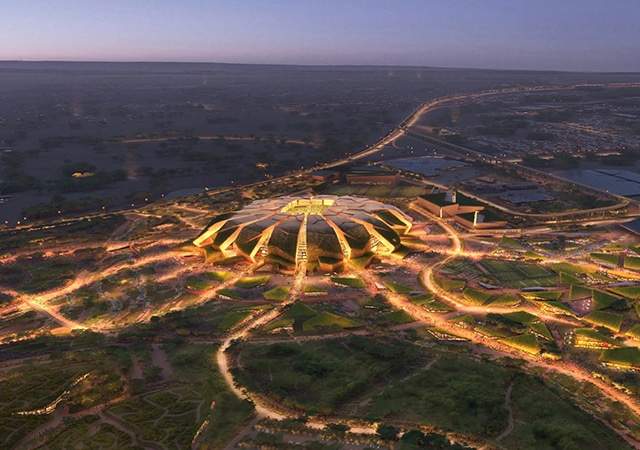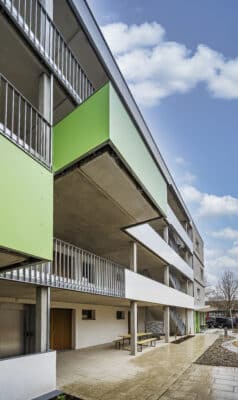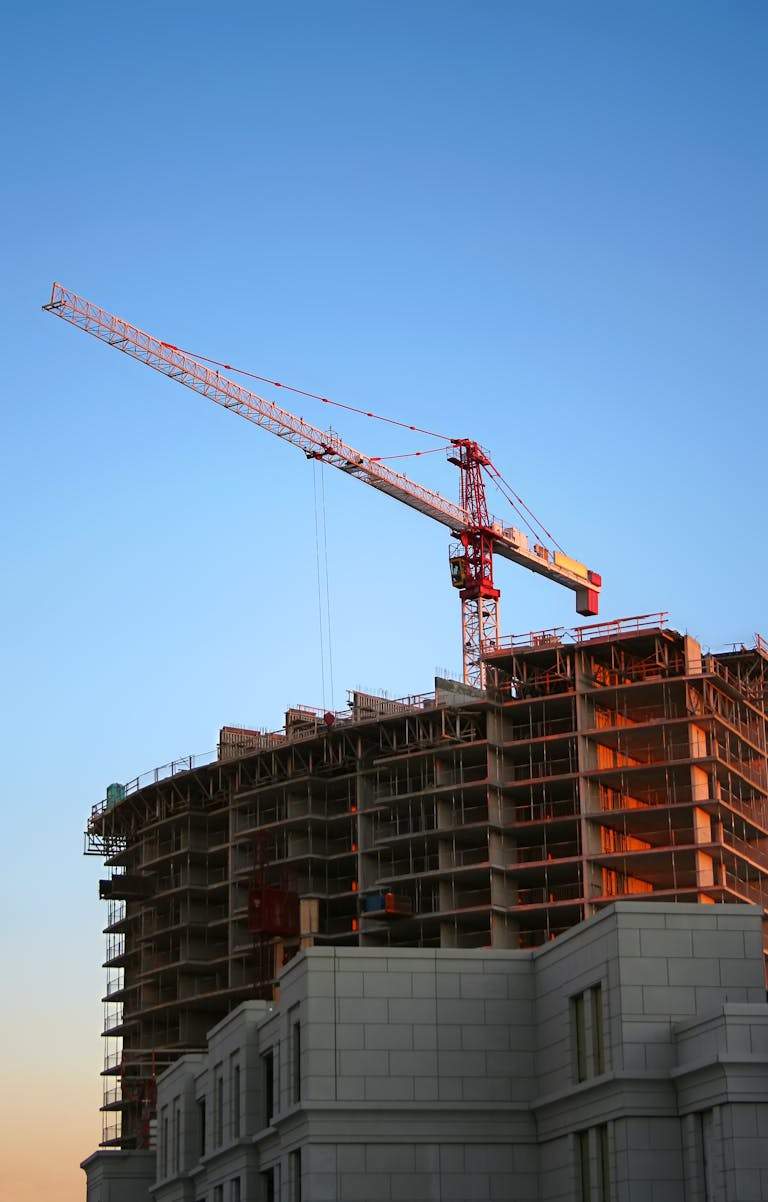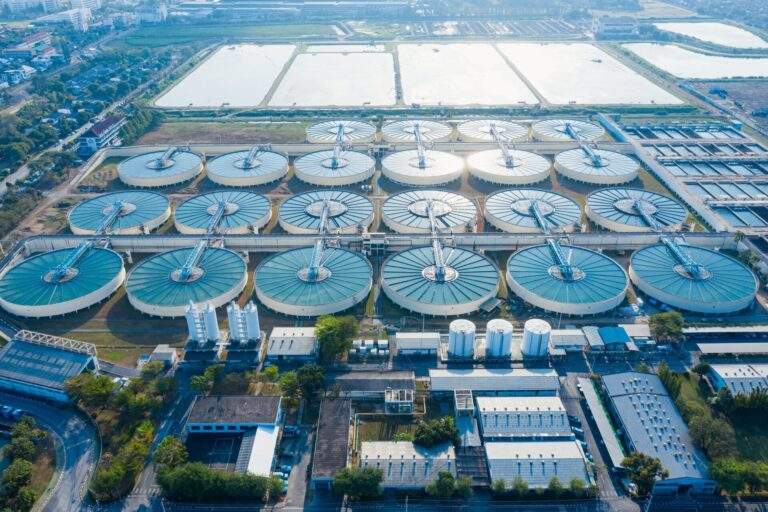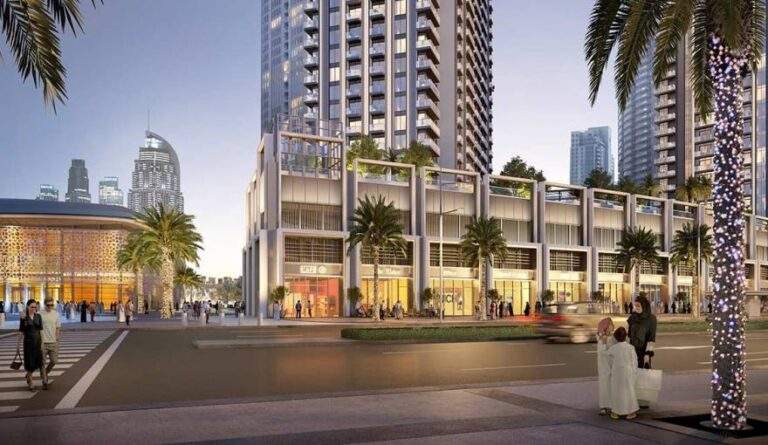World Cup and Sustainability: How Can Major Tournaments Achieve Climate Goals?
Introduction
The FIFA World Cup is the most-watched sporting event globally, attracting billions of fans and significantly boosting the economy of host nations. However, the tournament leaves behind a massive carbon footprint due to high energy consumption, new infrastructure, and travel emissions. With growing environmental concerns, sustainability has become a key focus for future World Cups, paving the way for the adoption of green building technologies, renewable energy, and smart strategies to reduce emissions. Sustainable stadium design is leading these efforts to create eco-friendly sporting venues, showcasing the importance of sustainable stadium design in today’s world.
The Environmental Impact of Football
The football industry contributes to 30 million tons of CO₂ emissions annually, equivalent to the emissions of some industrialized nations. The primary sources of these emissions include:
- International travel: Accounts for nearly 50% of total emissions due to the movement of teams and fans.
- Infrastructure: Stadium and facility construction consumes vast amounts of raw materials and energy.
- Energy consumption: Powering stadiums, lighting, and cooling systems significantly increases electricity usage.
However, these effects can be mitigated through innovative and sustainable strategies.

Sustainable Technologies in Modern Stadiums
1. Renewable Energy Usage
- Installing solar panels and wind turbines to generate electricity.
- Example: Mercedes-Benz Stadium in Atlanta, which utilizes 4,000 solar panels to cover 20% of its energy needs.
2. Eco-Friendly Design
- Constructing modular stadiums that can be dismantled and reused.
- Example: Stadium 974 in Qatar, built entirely from recycled shipping containers, making it fully portable.
3. Efficient Water Management
- Implementing rainwater harvesting systems for irrigation and cooling.
- Installing low-flow toilets and sinks to cut water consumption by up to 50%.
4. Reducing Travel Emissions
- Promoting public transportation, such as electric buses and high-speed trains.
- Establishing EV charging stations around stadiums.
5. Improving Artificial Turf Quality
- Reducing the need for watering, fertilization, and artificial lighting.
- Using eco-friendly materials that mimic natural grass properties.
Saudi Arabia’s 2034 World Cup: A New Sustainability Opportunity
Saudi Arabia is preparing to host the 2034 FIFA World Cup across five major cities, with plans to build 11 new stadiums and upgrade four existing venues. This presents a significant opportunity to implement unprecedented sustainability measures.

Key Challenges and Opportunities:
- Expanding solar energy usage due to Saudi Arabia’s ideal conditions for renewable energy.
- Developing sustainable cooling systems to counter the region’s high temperatures.
- Designing reusable stadiums, following the example of Stadium 974 in Qatar.
- Reducing transport emissions by connecting host cities with high-speed electric trains.
If Saudi Arabia successfully integrates these solutions, the 2034 World Cup could become a global model for sustainable sports events.
Conclusion: Can Football Lead the Change?
With increasing environmental awareness, sports are becoming a driving force for sustainability. The FIFA World Cup can serve as a platform for pioneering green construction technologies, clean energy solutions, and carbon footprint reduction, reinforcing the role of sports in achieving global climate goals.
Below is a summary of the key environmental aspects and sustainable solutions in World Cup organization:
| Aspect | Environmental Challenge | Sustainable Solution | Examples from Previous Tournaments |
|---|---|---|---|
| International Travel | High emissions from air and ground transport | Sustainable aviation fuel, electric buses, public transport | Belgium adopted sustainable fuel for team flights |
| Energy Consumption | Lighting, cooling, and stadium operations | Solar energy, wind turbines, smart lighting | Mercedes-Benz Stadium generates 20% of its energy from solar power |
| Infrastructure | Traditional construction consumes excessive materials | Low-carbon concrete, modular stadiums | Stadium 974 in Qatar was built from recycled shipping containers |
| Water Usage | High water consumption for maintenance | Water recycling, smart irrigation systems | Tottenham Hotspur Stadium reuses 100% of its water |
| Stadium Surfaces | High-maintenance natural grass | Sustainable artificial turf reducing water and energy needs | Scandinavian stadiums use artificial turf in winter |
It is evident that the FIFA World Cup is more than just a sporting event—it is an opportunity to reshape the future of sustainable construction, reduce emissions, and advance green technology on the world’s biggest sporting stage.

